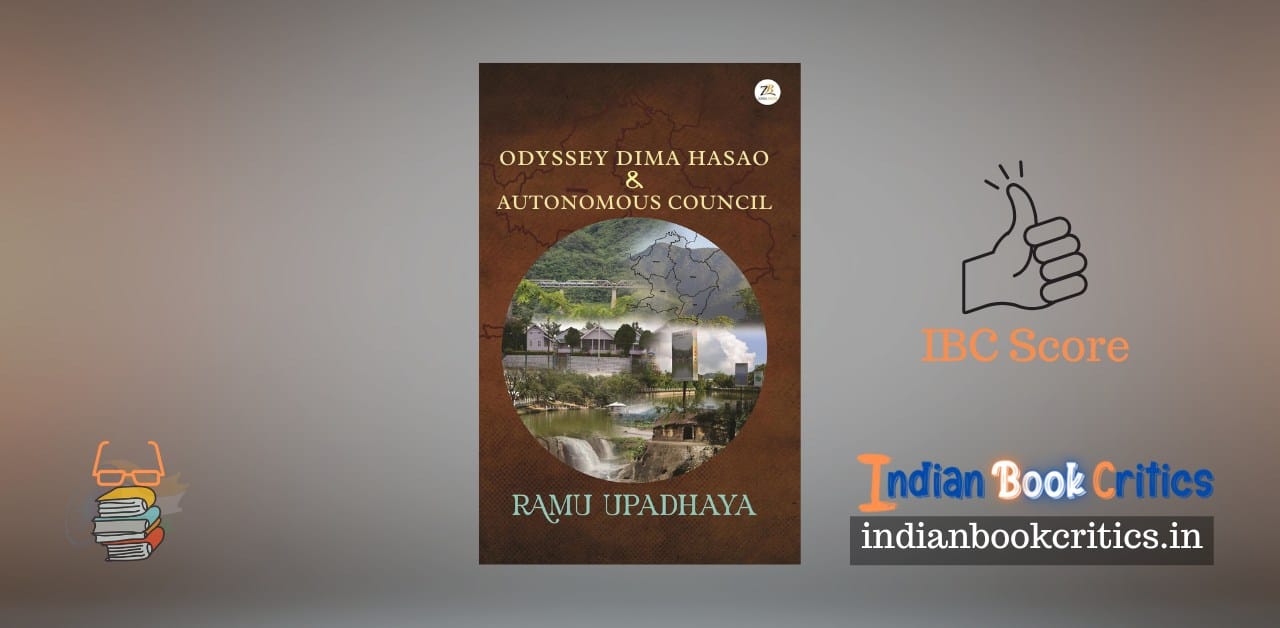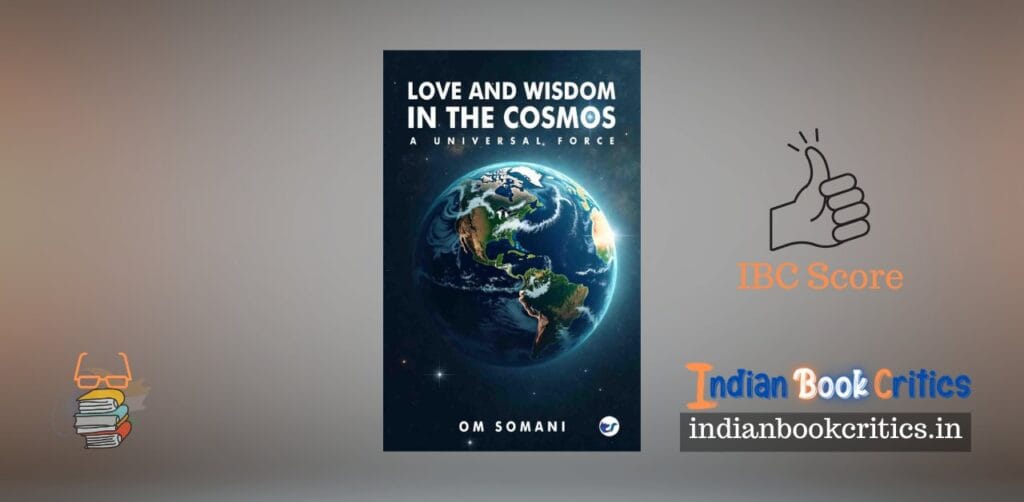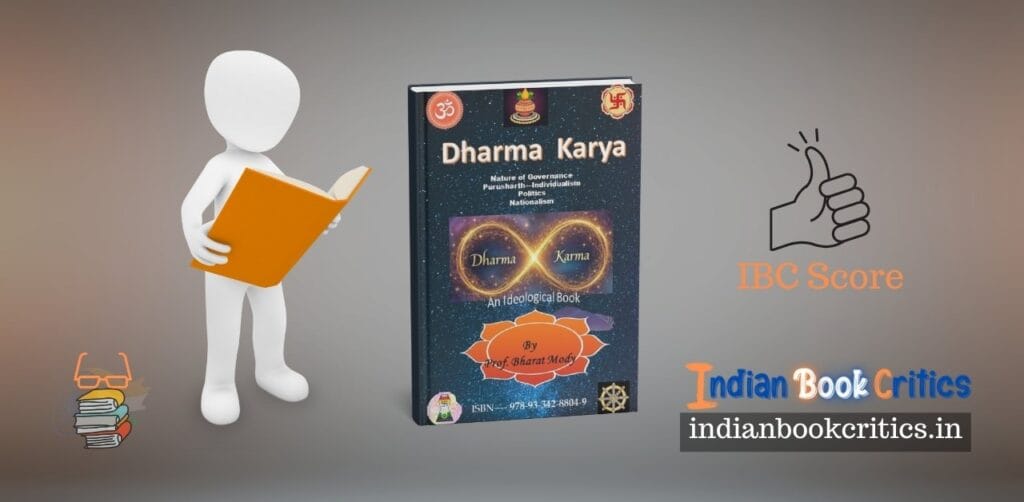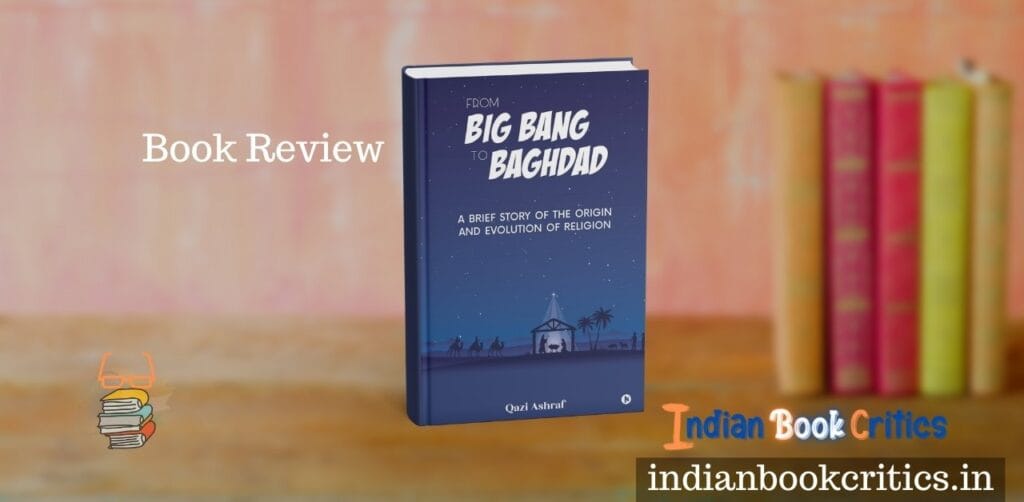At times, in every critic’s working days, people come across books that not only appear out of the box but are indeed the ones. You just begin reading such titles and continue to do so out of curiosity and expectation until you find affinity… and continue after that. “Odyssey Dima Hasao & Autonomous Council” by noted author Ramu Upadhaya is a fine example of that. Honestly, I never came across the fact that there is a place in Assam, Dima Dasao, happily governed by an autonomous council rather than the regular government body of the state! As soon as I came across this fact, naturally, I tried to find out more about the place and used the internet. However, once I began reading the book by Mr Upadhaya, it proved to be more than any search engine could ever bring to my notice! Therefore, let me put it even before I unfold the various features of this book to you: it is a title that perfectly serves its purpose. “Odyssey Dima Hasao & Autonomous Council” is the book you should read if you are interested in knowing about the place, its rich history, noted figures, governing style, decision-making, challenges and opportunities, religious practices and traditions, and more. Kudos to the author for taking this challenge and delivering a fantastic result!
Unlike other non-fiction books you may have read, Ramu Upadhaya’s book comprises a well-researched history, well-recorded geography, a well-learned cultural legacy and many more things that build the rich narrative of this book. Yes, it is non-fiction and factual. However, it never becomes colourless or dull like many other non-fiction books tend to become, this or that way. Mr Upadhaya’s book keeps you attached to the text… because you must want to know more about the hilly landscapes and the people inhabiting them.
The author has also included occasional poetry to elevate the engagement with the text further. Though it might not appeal to all readers, learning facts this way is comforting for those who appreciate verse. Besides occasional poetry, there are plenty of sheets, charts, fact boxes, and other things to supply information about the place, its challenges, and the author’s recommendations for betterment.
Chapter IX – Culture and Creases – discusses many interesting and important facts about the people of Dima Hasao. The chapter unfolds the tribes living there, their cultural and traditional practices, the collective and community-based celebrations, and how these tribes and communities co-exist by accommodating each other’s practices. Chapter VII may be intertwined with the IXth chapter as these two discuss the religious, cultural and traditional perceptions and practices of the people living in Dima Hasao.
Chapters V and VI discuss various aspects of the politics in Dima Hasao and its ramifications for the people of the land. The author takes the readers back into the historical perspectives, brings them to the present to face reality, and finally offers them a glimpse into the possible future with astute recommendations and ideas for further improvement. These occasions exhibit author Ramu Upadhaya’s keen interest in many subjects. A reader who goes through the book carefully may not remain unimpressed with the writer’s multifaceted wisdom and layers of awareness. Once again, kudos to the author for his excellent writing and analytical skills.
One interesting piece of history that comes to the fore from the book is the name Dimapur, erstwhile known as Dimbapur and at some point in history as Hidimbapur. Those who know Mahabharata in detail should know that Ghatotkacha’s mother, Mahabali Bhimsen’s wife, Hindimbaa or Hirimdi (as the author puts it in this book) was the sister of the Daitya Hidimba. Therefore, the descendants of Bhimsen, Dimasas, are one of the oldest tribes in the northeastern region of India. They proudly link their roots to the Mahabharata’s times.
Many other interesting details can be found in Chapter IV, Etymological Alignment.
In the third chapter, Direction and Administration, many details about the functioning of the autonomous administration of the Dima Hasao can be found. Though the chapter might slide into technical and statistical information a little too much than one could easily digest in such a book, the details are carefully brought up with recommendations and suggestions by the author, making the chapter comprehensive and meaningful in the larger context of the narrative.
Overall, Ramu Upadhaya’s book serves its intended purpose. The author brings readers close to the history, geography, politics, culture, traditions, and people of Dima Hasao and its future. I recommend this work to readers looking for opportunities to read something different from the usual fiction or non-fiction. This book offers that opportunity and is well-equipped with content, writing style and purpose. Mr Upadhaya has written many books already. This one, to be honest, certainly adds another feather in his cap!
You can get a copy from Amazon India here – get a copy now.
Read reviews of other books by Ramu Upadhaya:
Ashish for Indian Book Critics




